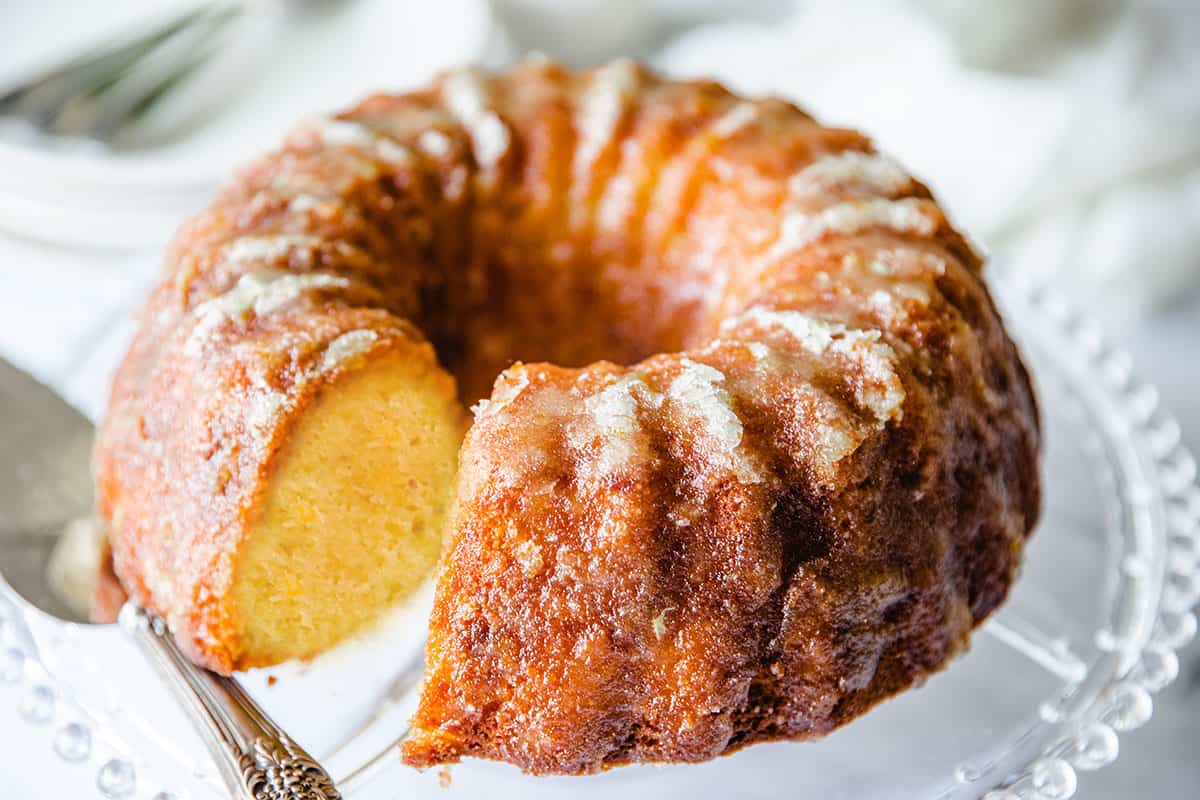
This site runs ads and generates income from affiliate links. Read my disclosure policy.
Made with fresh orange juice, zest, and a crunchy orange glaze topping, this Ultimate Orange Cake recipe packs a citrus punch in every bite.
Love citrus cakes? Check out my Lemon Drizzle Cake while you’re here!
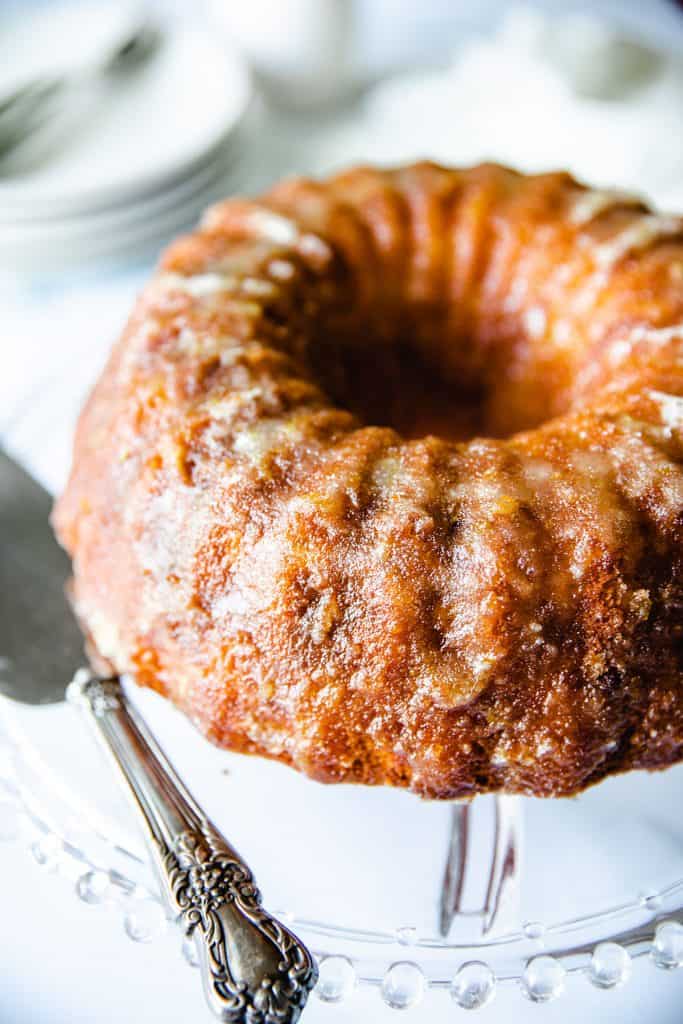
You Choose The Cake Size
This recipe can be made as a Bundt cake, two loaf cakes, or individual cakes using a muffin pan. Baking times are provided for all three options.
This easy-to-make orange cake is tender, moist and bursting with fresh orange flavor. It’s topped with a crunchy glaze for added texture and is sure to become a regular favorite!
Why This Recipe Works
- Using fresh orange juice as well as zest in both the cake and glaze packs this cake with amazing orange flavor.
- The crunchy glaze adds a different texture that takes this cake to a whole new level.
- Using oil as well as butter makes a super moist cake with a buttery flavor that can’t be beat.
Fresh Orange Juice Is Best
To make this recipe, I used an entire bag of small oranges. The end result was worth the effort, as the cake had a delightful orange flavor. I strongly advise using fresh oranges while making this recipe. The use of fresh juice is crucial to achieving that vibrant citrus flavor.
How to Enhance Flavor & Avoid Bitterness in Orange Cake
Make your orange cake sing with sunshiney flavor! Here’s how to unlock the vibrant taste and avoid bitterness:
- Zest magic: Use a microplane or fine grater to get just the zest (colored part) of the orange peel. This packs the most fragrant citrus punch. Avoid the white pith underneath, which can be bitter.
- Ditch the pith: Before using the zest (colored part of the peel), remove as much white pith as possible with a sharp knife. Embrace the blanch: Boiling the whole orange or peel mellows bitterness. Try blanching for a few minutes, then discarding the water and using the softened peel.
Step By Step Instructions
In a medium bowl, combine the flour, salt, and baking soda. Set aside.
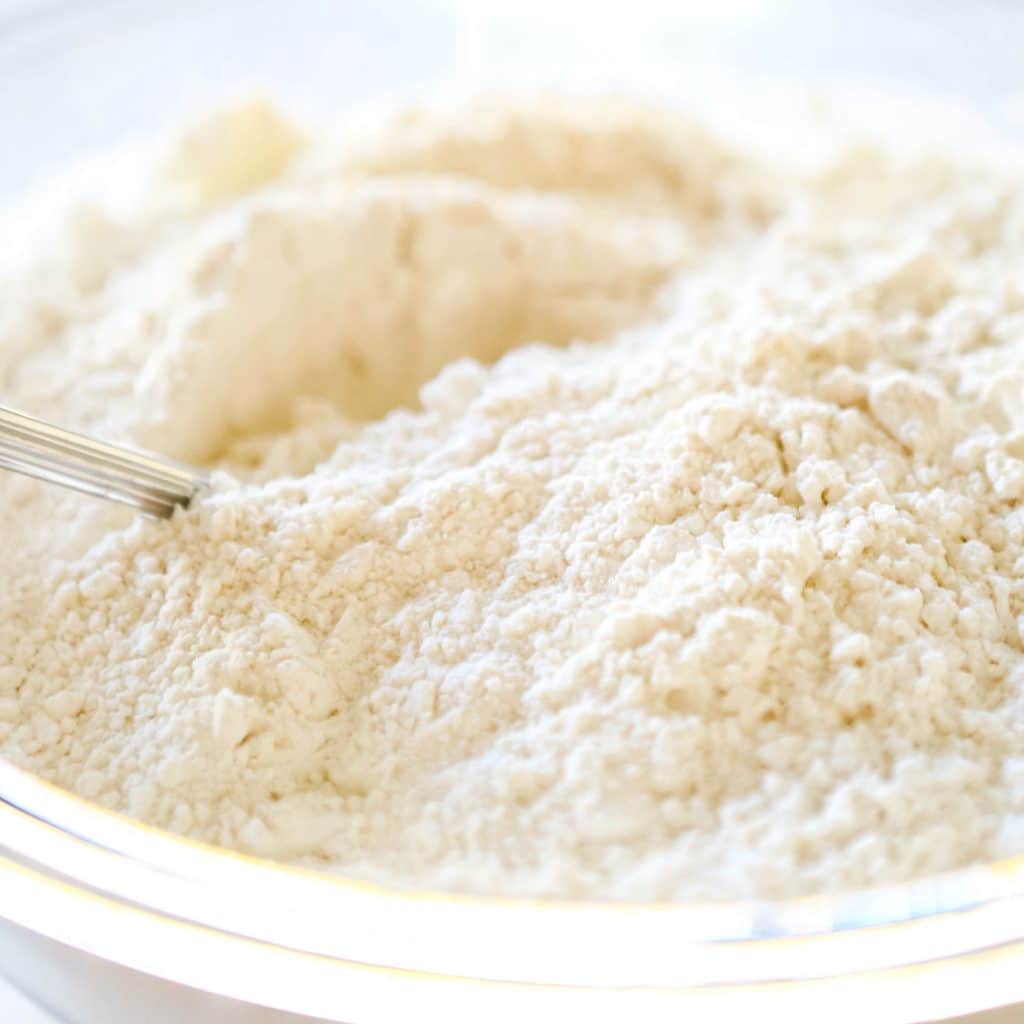
In a mixer fitted with the whisk attachment, whisk together eggs and sugar on high speed until pale and fluffy, about 5 minutes.
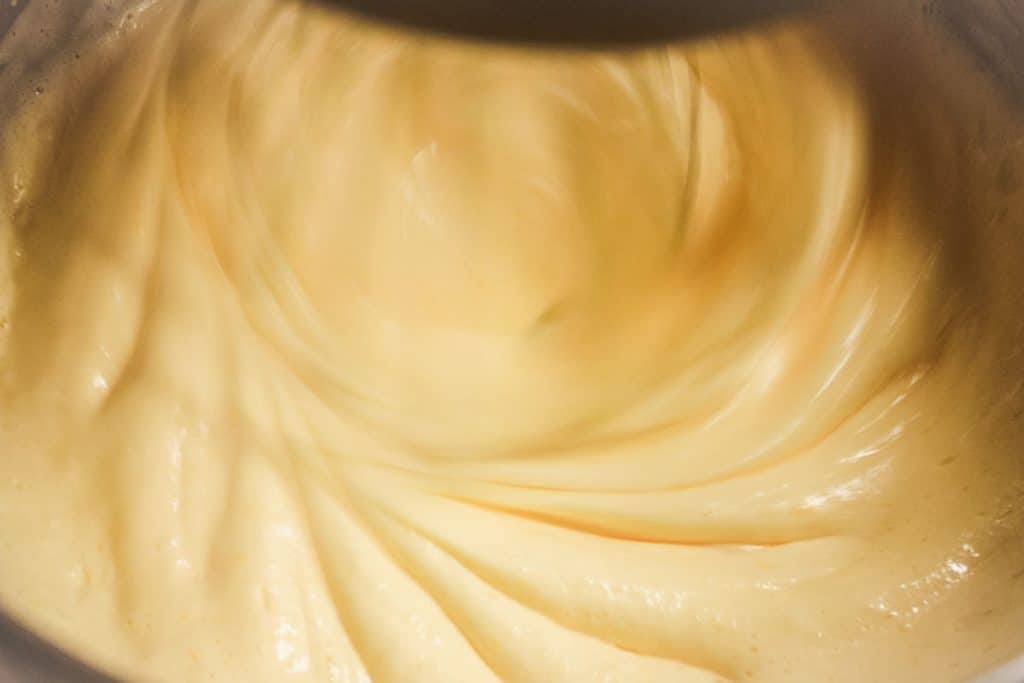
Add the oil slowly until combined and repeat with the butter. Add orange juice and zest and keep mixing slowly until combined.
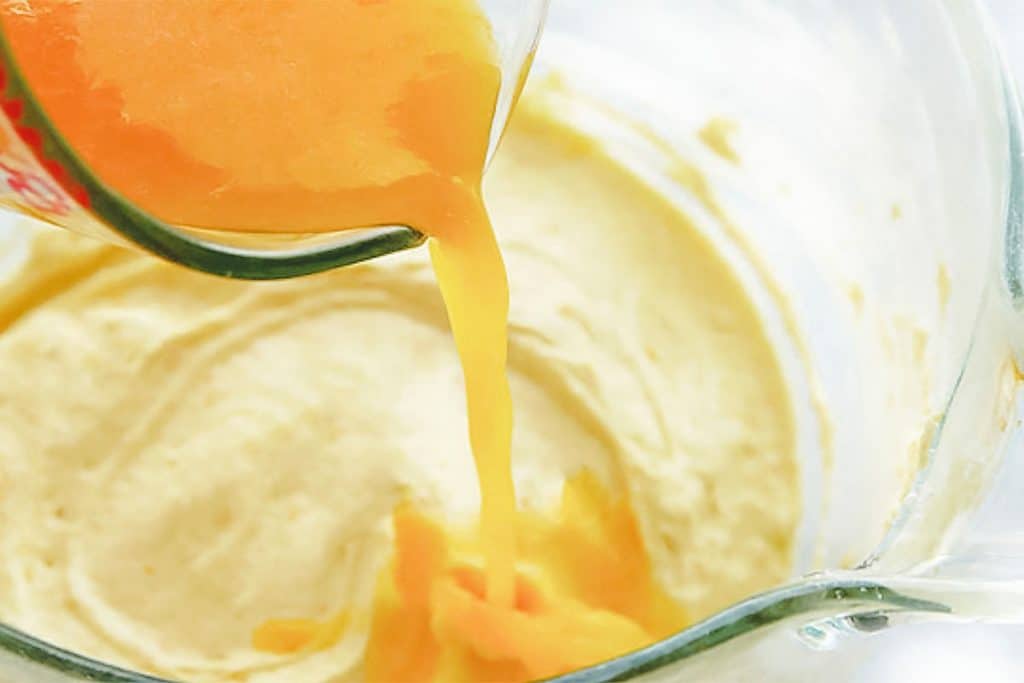
Add flour mixture mix until just combined (being careful not to overmix).
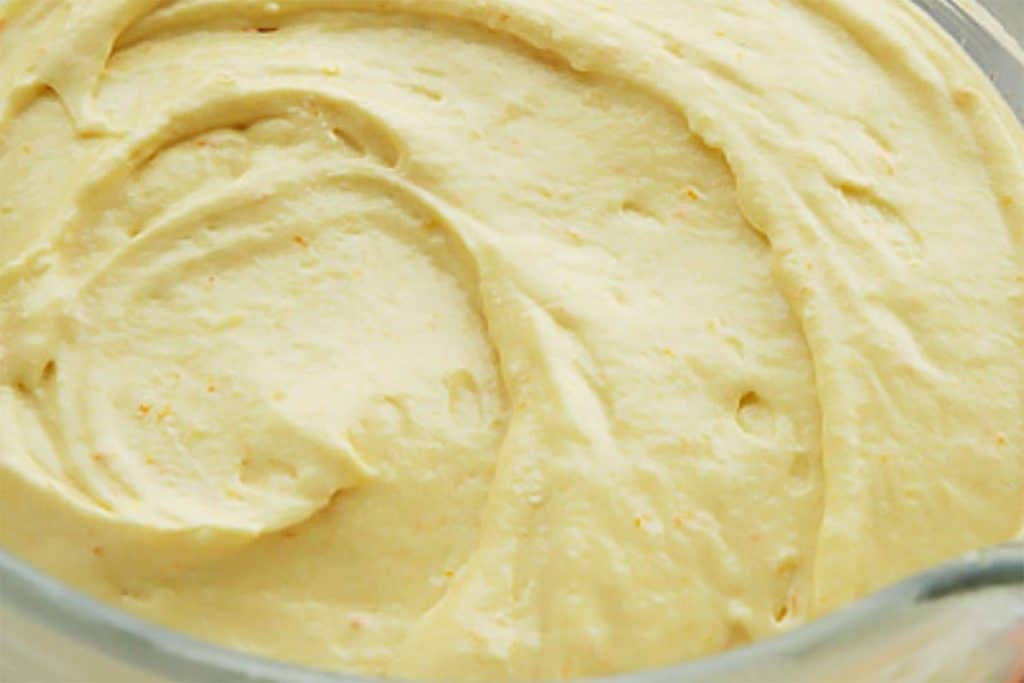
Add batter to a prepared greased pan and bake until a cake tester comes out clean.
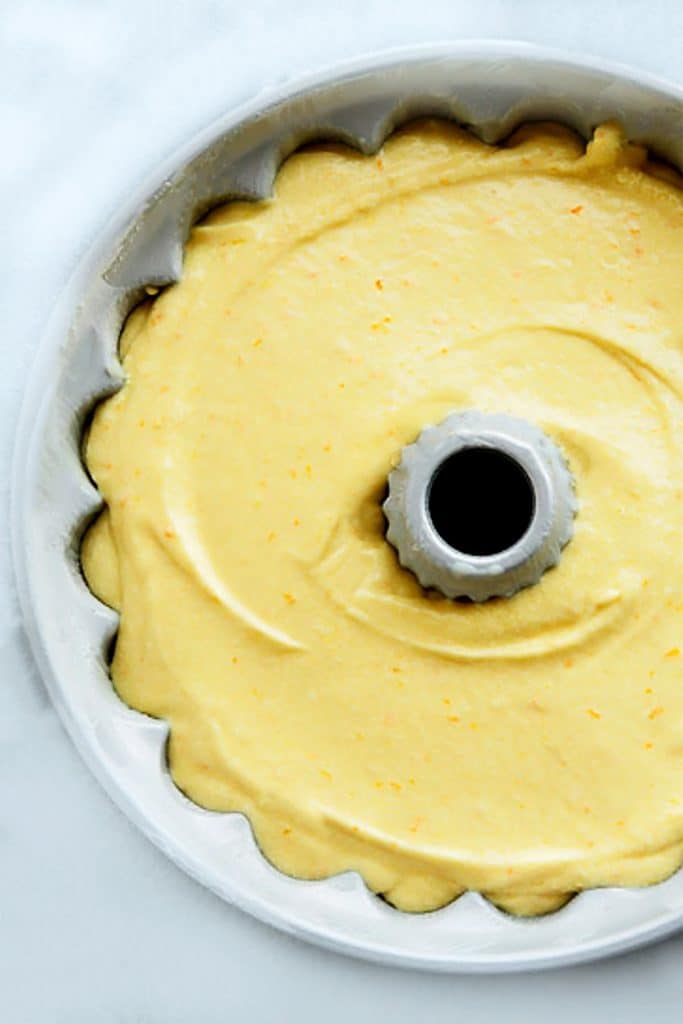
While the cake bakes, make the glaze by mixing orange juice, orange zest, and sugar.
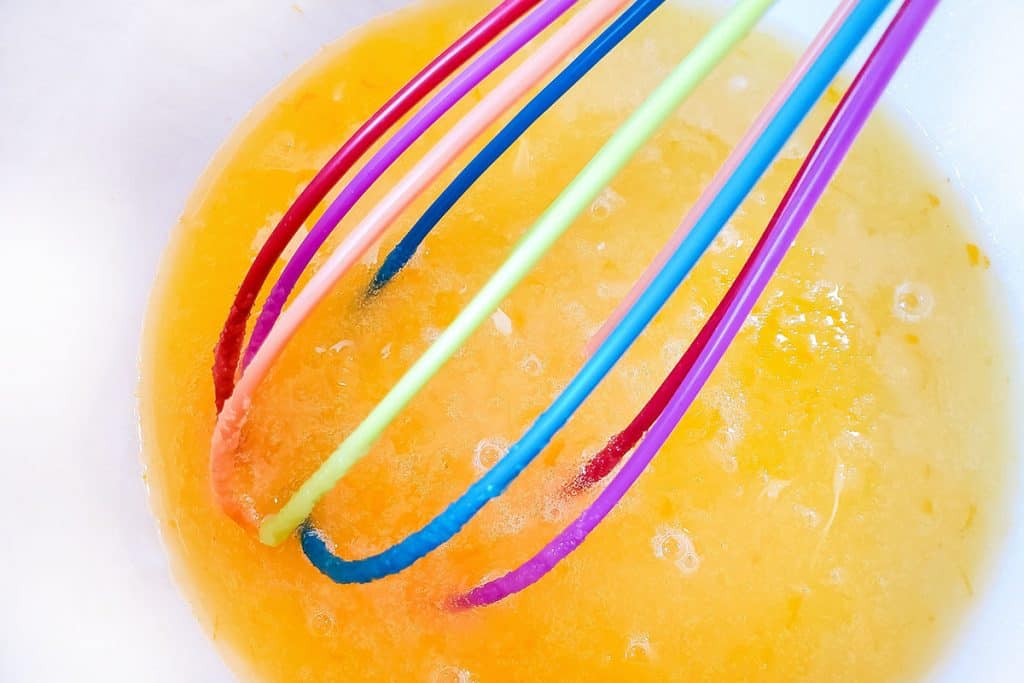
When the cake is done and is still warm, transfer to a wire rack and prick the warm cake all over with a skewer and then pour over the glaze.
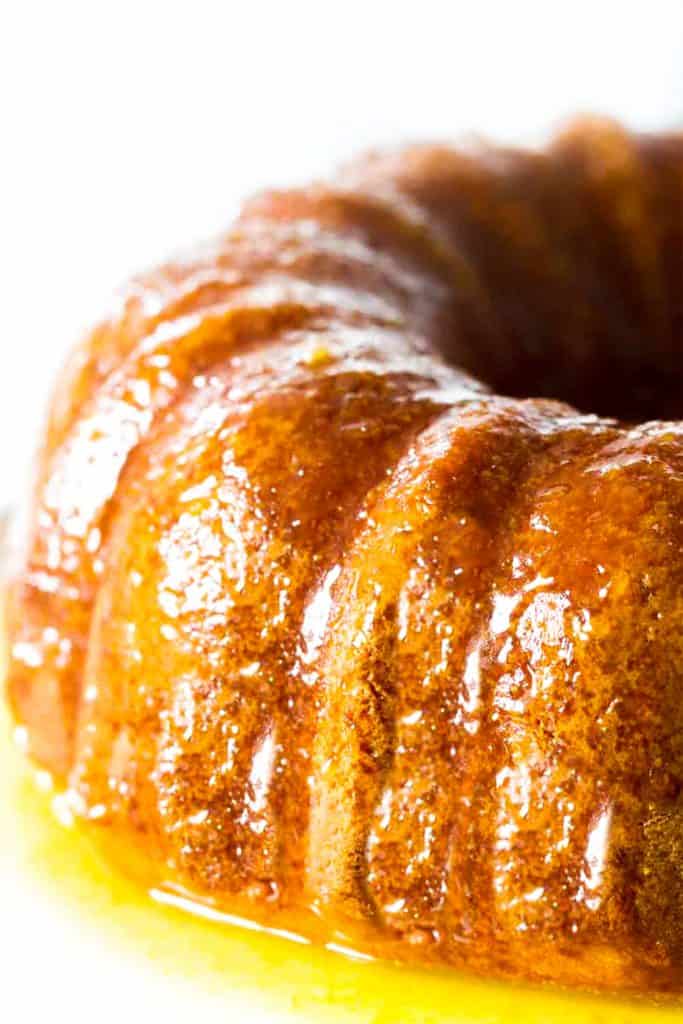
The juice will sink into the cake and the sugar will form a lovely, crisp topping.
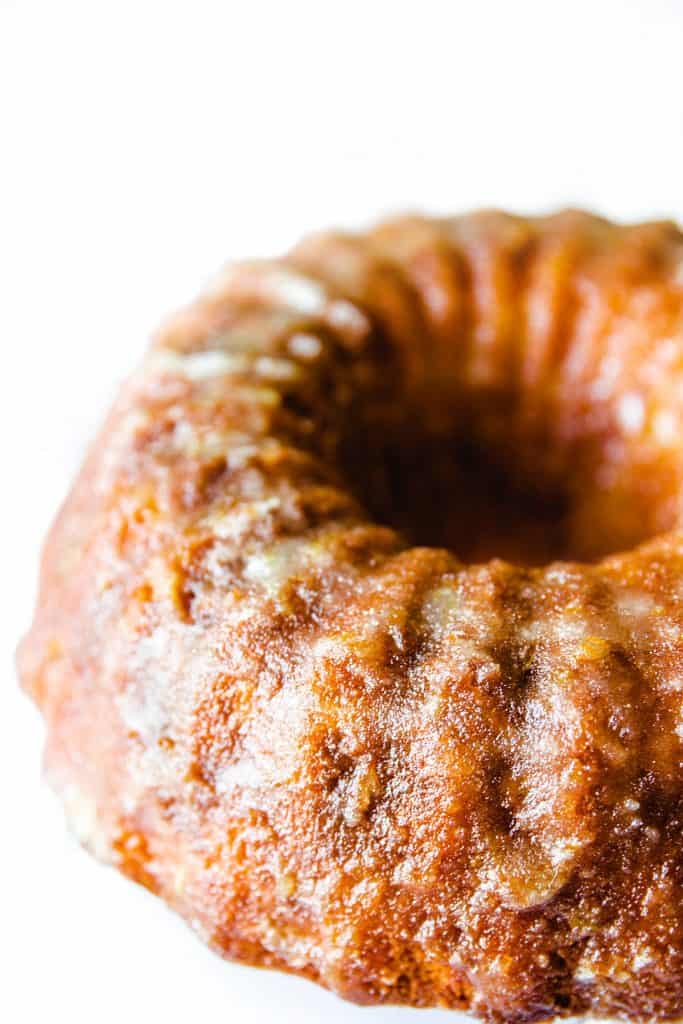
Even Better The Next Day
With this recipe, the orange flavor becomes stronger with time, giving you a citrus burst in every bite. For the ideal texture, leave the cake to rest in an airtight container for 8 hours at room temperature before serving.
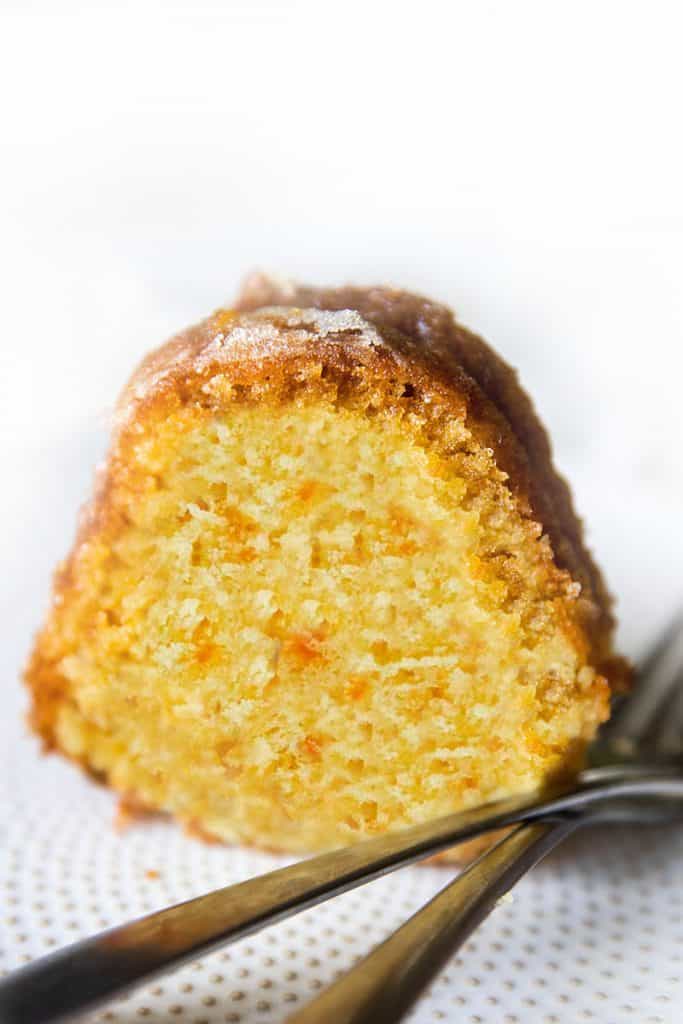
Storage & Freezing Instructions
Storage: Once the cake is completely cooled and glazed or iced, store it in an airtight container or wrap it tightly with plastic to keep it fresh.
The cake can be stored at room temperature for up to 3 days. Keep it cool and dry, away from direct sunlight or heat sources.
Freezing: If you want to freeze the cake for later consumption, it’s best to freeze it before glazing or icing to maintain the texture and freshness.
Wrap the cooled, unglazed cake securely with plastic wrap, followed by a layer of aluminum foil, to prevent freezer burn and odors from seeping in.
Label the wrapped cake with the freezing date for easy reference. The cake can be frozen for 2-3 months without compromising quality.
Thawing: To thaw the frozen cake, remove it from the freezer and let it defrost in the refrigerator overnight.
Once thawed, you can glaze or ice the cake if desired. If using a crunchy sugar glaze, you can apply it to the slightly warm, thawed cake.
Important Note: The freezing and thawing process may affect the texture of the glaze or icing. If you’re concerned about the appearance, you can opt for glazing or icing the cake after thawing. However, glazed and iced cakes should still taste delicious after freezing.
Tips For Best Results
- This recipe uses oil and butter, but you can use them interchangeably on your preference.
- It’s important to beat your eggs well for a light and fluffy result. You’re looking for them to reach the ribbon stage.
- I highly recommend using fresh oranges for this cake. Using fresh juice is key to getting that bright citrus flavor.
- For the zest, it’s much easier to zest the oranges before juicing.
- Be sure to only zest the orange portion of the peal as the white will be bitter.
- If the top of the cake browns quickly while baking, cover loosely with aluminum foil.
- Once glazed, let the cake cool completely before serving. It’s even better the next day!
- For More Vibrant Color, add some orange food coloring to the batter to achieve a bright orange color. This step is totally optional.
Rate This Recipe
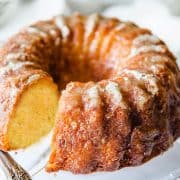
Recipe
Ultimate Orange Cake
Equipment
- a cooling rack
- baking paper
Ingredients
For The cake
- 2½ cups all-purpose flour (sifted)
- ¾ teaspoons baking soda
- ½ teaspoon salt
- 4 large eggs
- 1½ cups granulated sugar
- ½ cup canola oil
- ½ cup butter (melted)
- 1¼ cups freshly squeezed orange juice (3-4 large oranges)
- 2 tablespoons orange zest (plus more to taste*)
For a Crunchy Sugar Glaze
- ⅓ cup fresh orange juice (1-2 orange)
- 2 teaspoons orange zest
- 1 cup granulated sugar
For an Icing Glaze
- ⅓ cup fresh orange juice
- 1 tablespoon orange zest
- 1 tablespoon melted butter
- 2 cups powdered sugar
Instructions
- Begin by preheating the oven to 350°F/180°C and greasing the pan.
- In a separate medium-sized bowl, combine the flour, baking soda, and salt, then set it aside.
- Next, using a mixer fitted with the whisk attachment, beat together the eggs and sugar on high speed until the mixture becomes pale and fluffy, which should take about 5 minutes.
- With the mixer running on low speed, slowly add the oil and then the butter, being sure to combine thoroughly. Add the orange juice and zest and continue mixing slowly until everything is combined. Finally, add the flour mixture and mix until just combined, taking care not to overmix.NOTE: depending on the brand of flour you use, the batter may be quite wet.
- Add batter to the prepared pan. Bake 50 to 60 minutes for a 12-cup/10-inch bundt pan until a cake tester inserted into the center comes out clean (see recipe notes for more pans and cooking times).
- Allow to cool for 30 minutes in the pan before turning out onto a cooling rack.
For The Crunchy Glaze (Applied to Warm Cake)
- In a small bowl, mix together the orange juice, zest, and sugar and mix well until combined.
- Place a sheet of baking paper under the cooling rack to catch any glaze that drips off the cake. While the cake is still warm, remove it from the pan, prick the cake all over with a skewer, and then pour over the glaze.
- Place a second sheet of baking paper next to the cooling rack and move the cooling rack over to the clean paper.
- Use the original sheet of paper to pour any excess glaze that drips off the cake back onto the cake. Repeat this step as needed to make sure the cake is thoroughly glazed.
- Set the glazed cake aside to set the glaze and finish cooling. As the glaze sets, the juice will sink into the cake, and the sugar will form a lovely, crisp topping.
For A Soft Icing Glaze
- Allow the cake to cool completely.
- Combine the orange juice, zest, butter and sugar in a small bowl and stir until well mixed and smooth. In case the icing is not easily pourable, you may heat it in the microwave for about 30 seconds. If the consistency is still too thin, gradually add more sugar until it reaches the desired thickness.
Tips
- To avoid sticking to the pan, allow the cake to cool in the pan for 30 minutes.
- With this recipe, the orange flavor becomes stronger with time, giving you a citrus burst in every bite. For the ideal texture, leave the cake to rest in an airtight container for 8 hours at room temperature before serving.
- As this recipe uses oil instead of butter for extra moisture, it’s important to beat your eggs well for a light and fluffy result.
- I highly recommend using fresh oranges for this cake. Like my Lemon Drizzle Cake, fresh juice is key to getting that bright citrus flavor.
- For the zest, it’s much easier to zest the oranges before juicing. Be sure to only zest the orange portion of the peal as the white will be bitter.
- If the top of the cake browns quickly while baking, cover loosely with aluminum foil.
- Once glazed, let the cake cool completely before serving. It’s even better the next day!
This recipe was updated in 2021 to add a video.
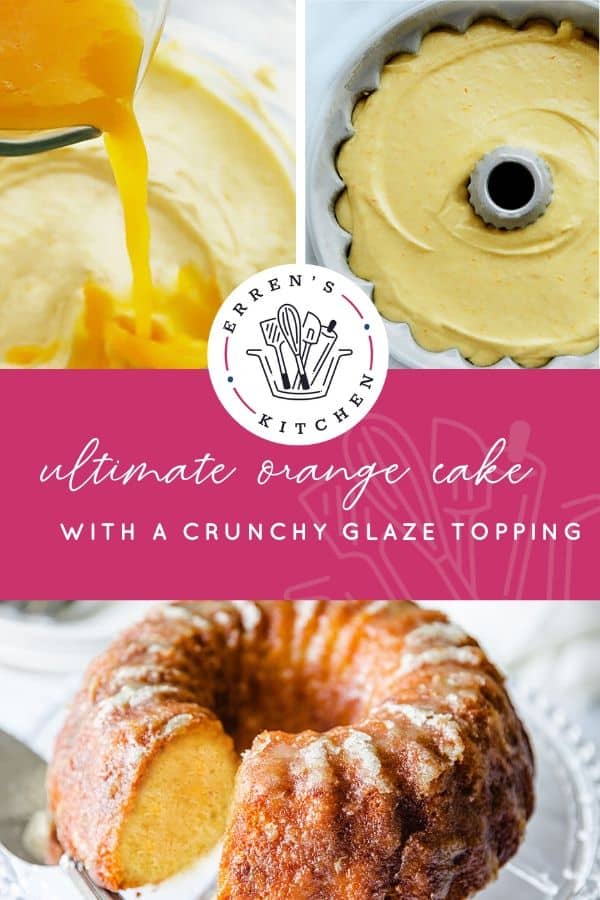
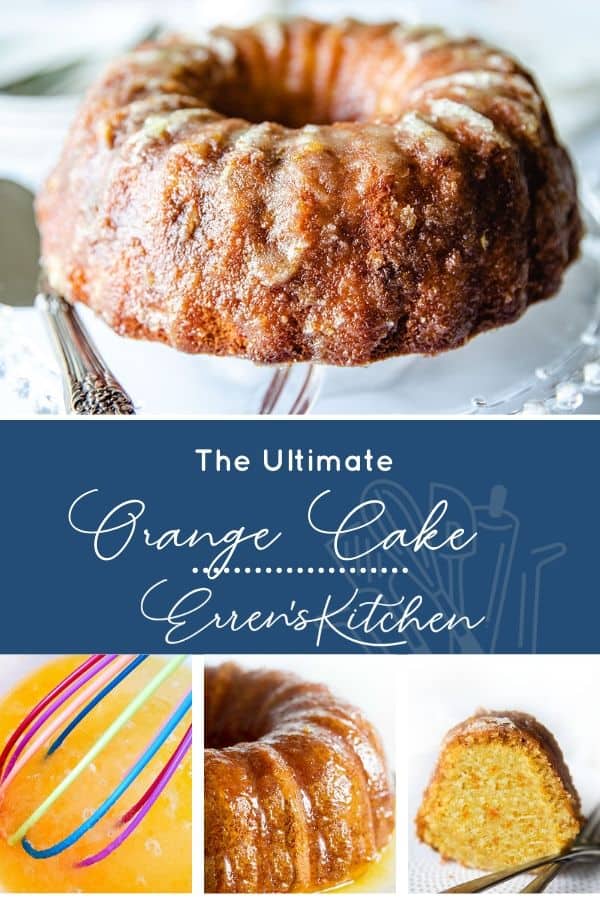
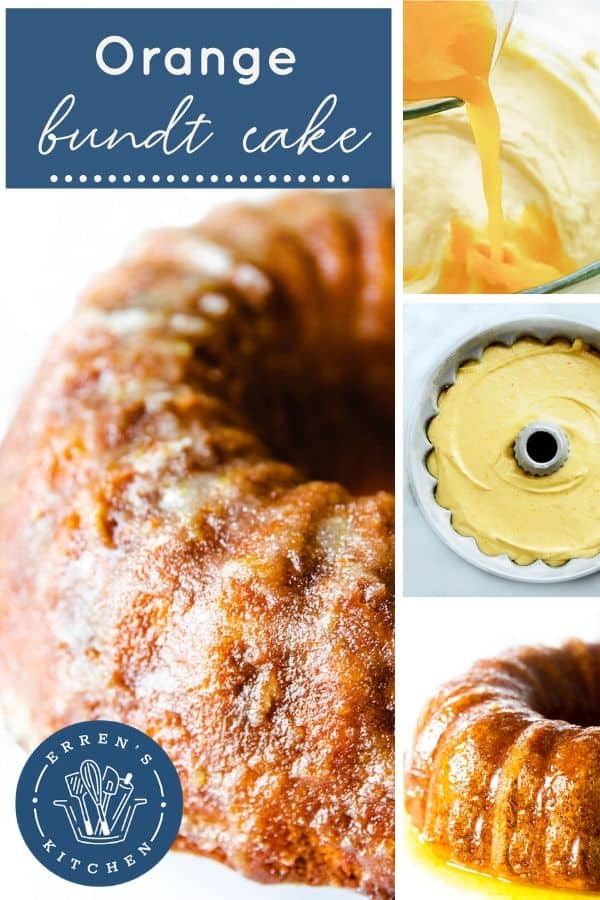

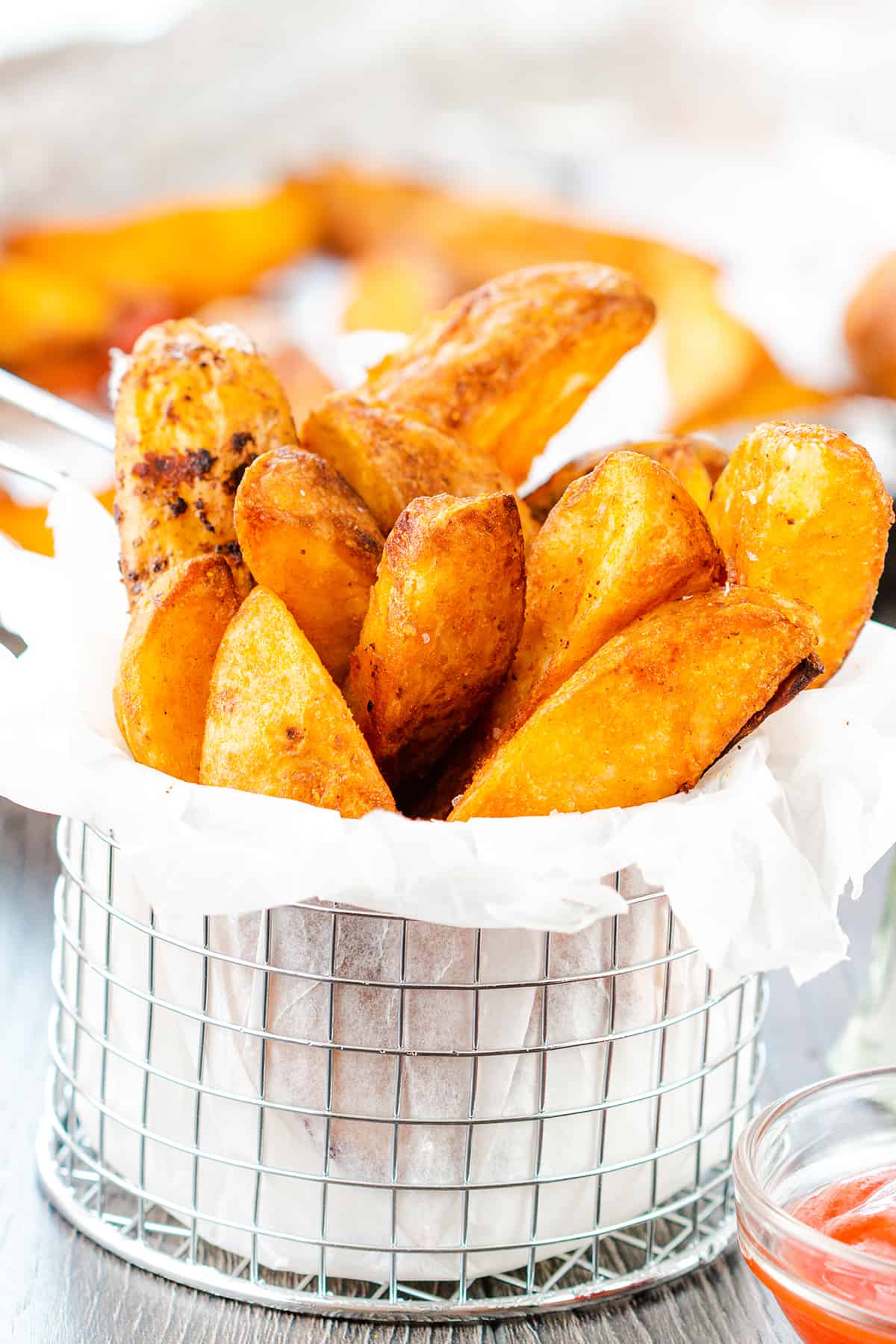
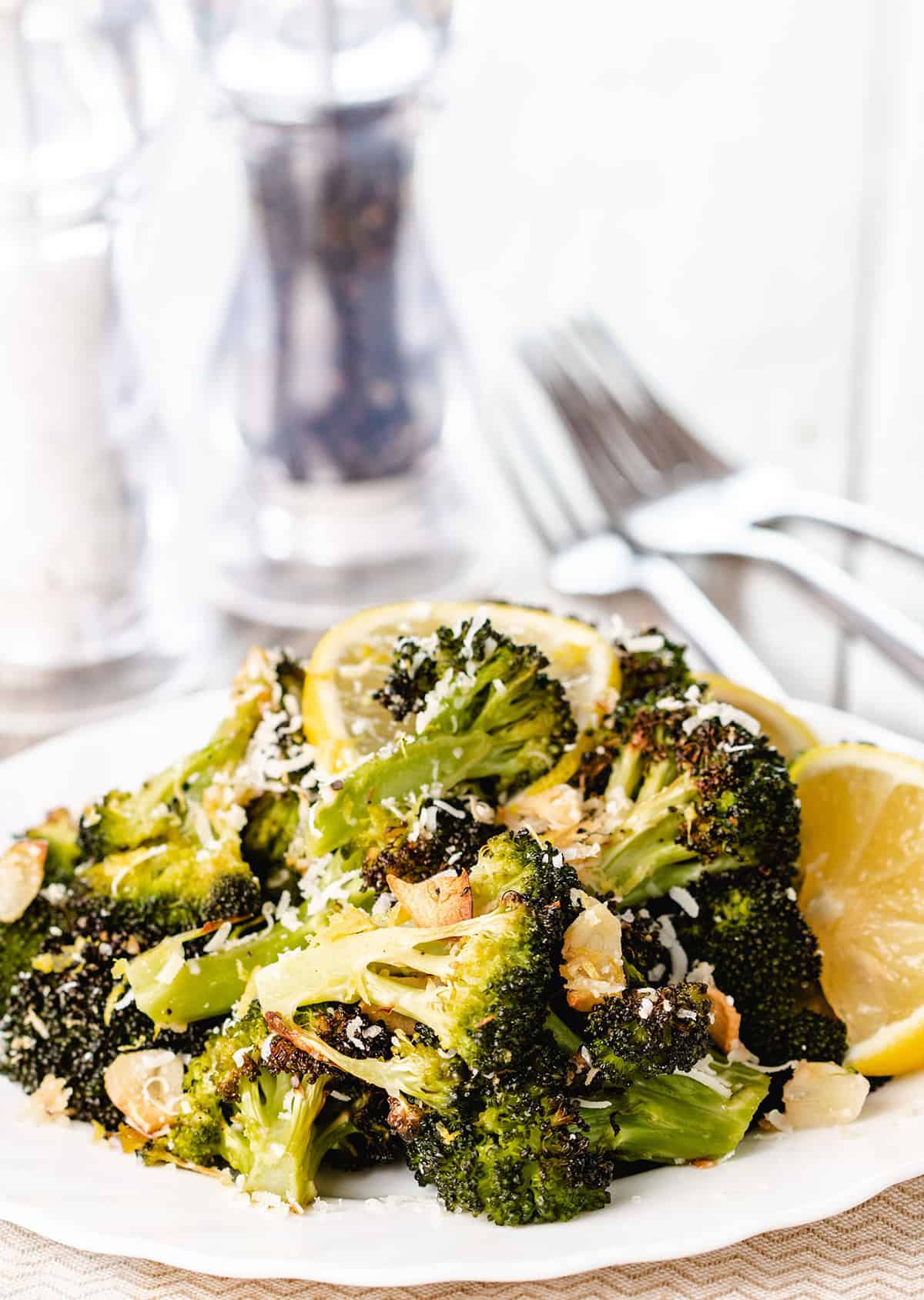
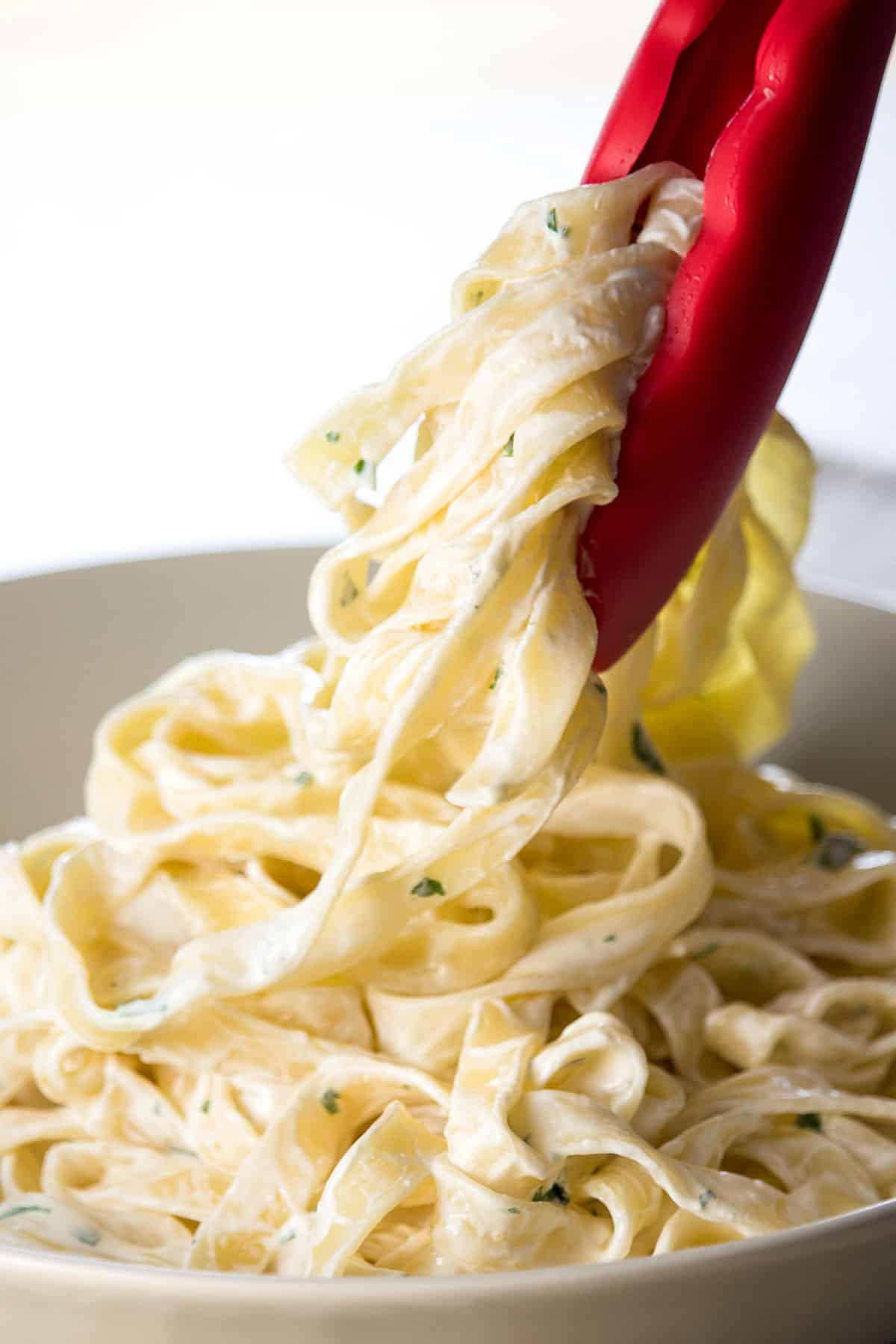
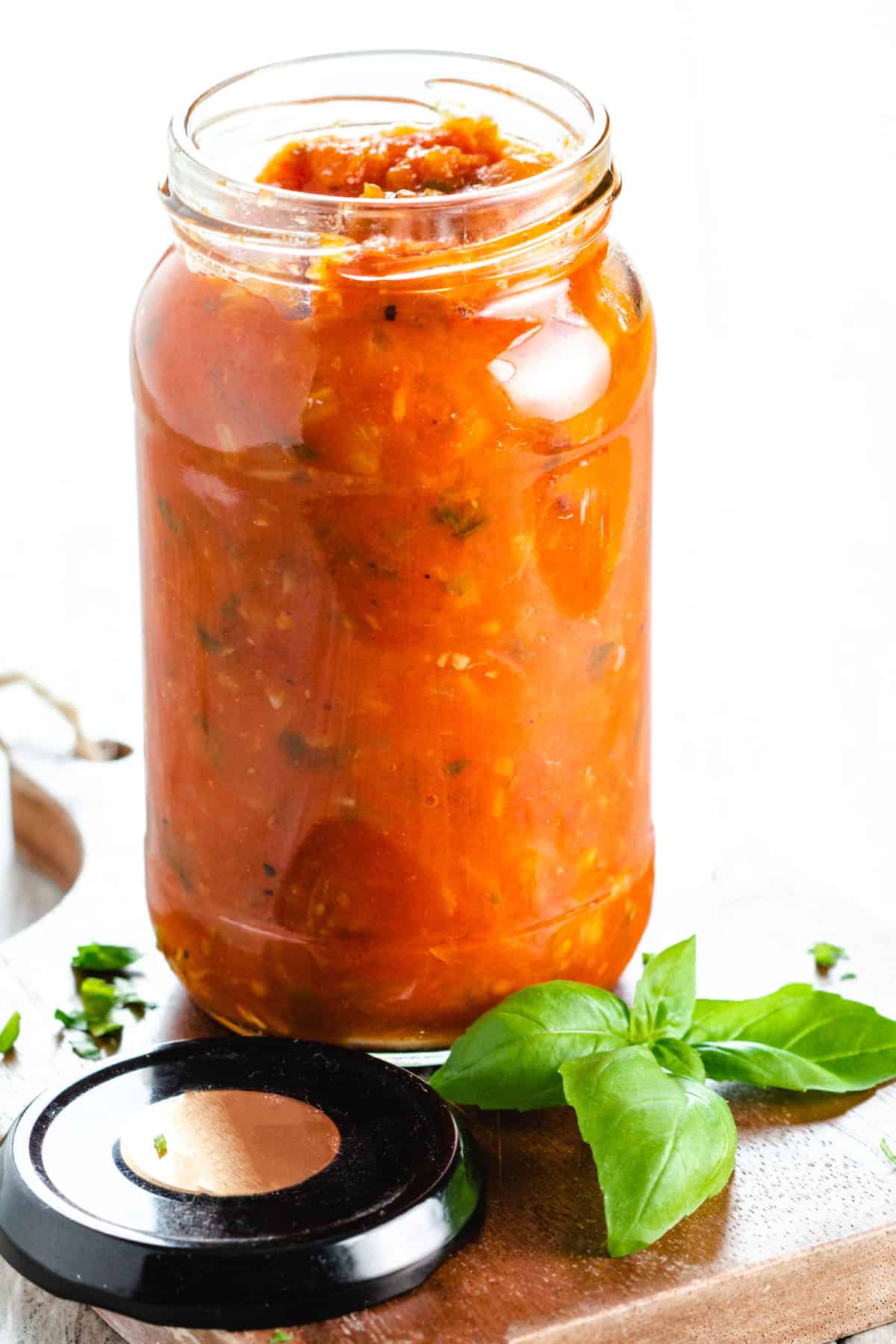
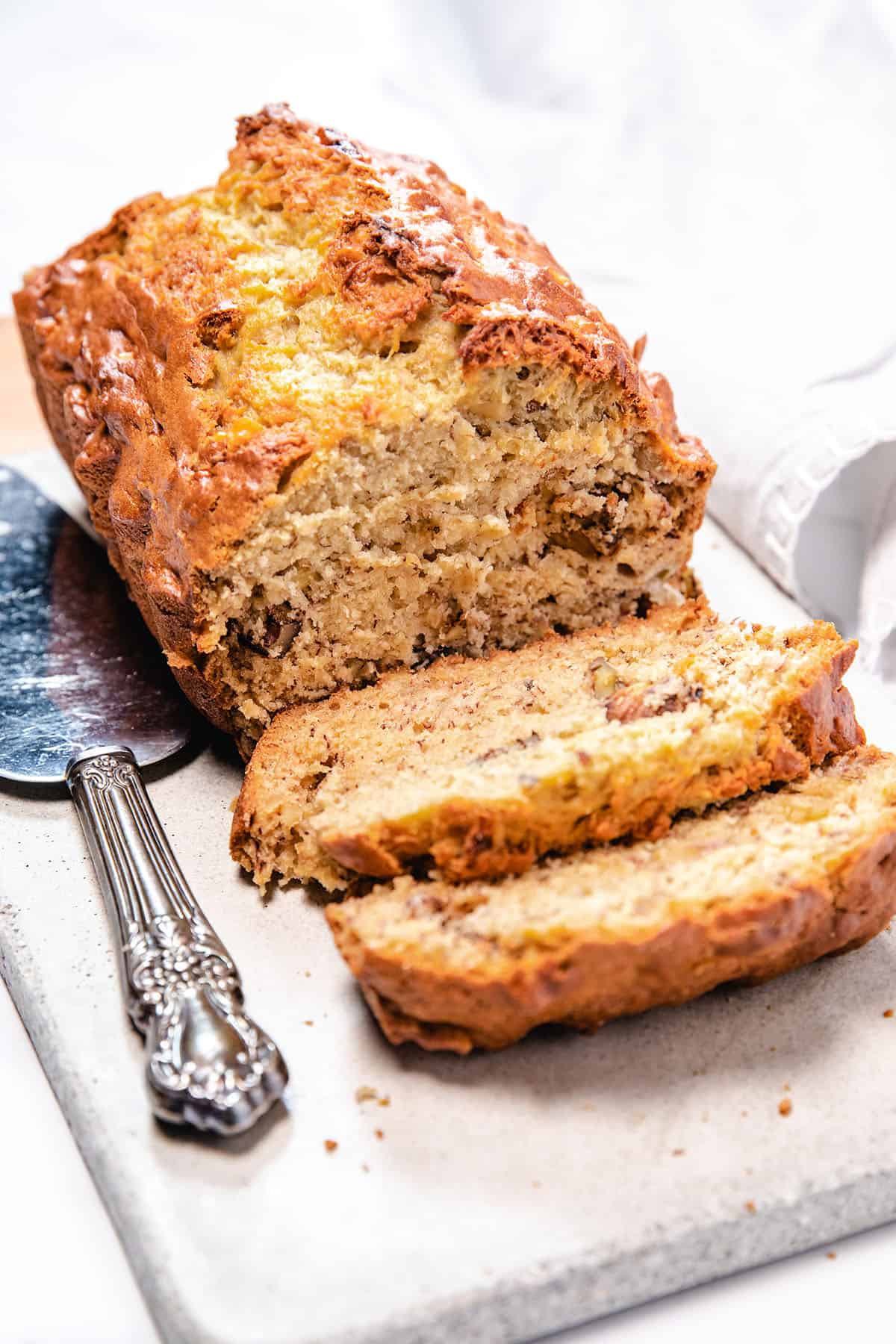
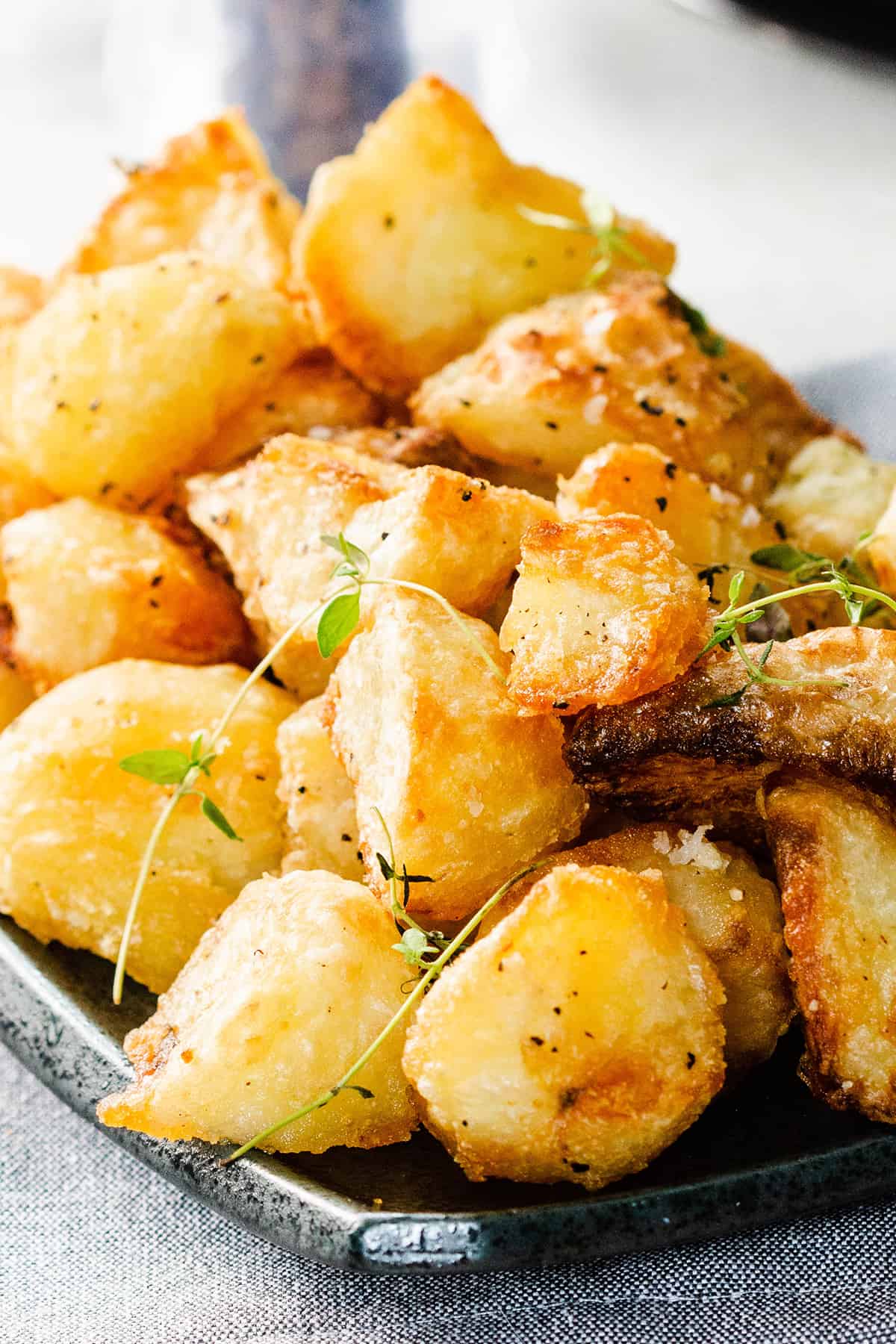
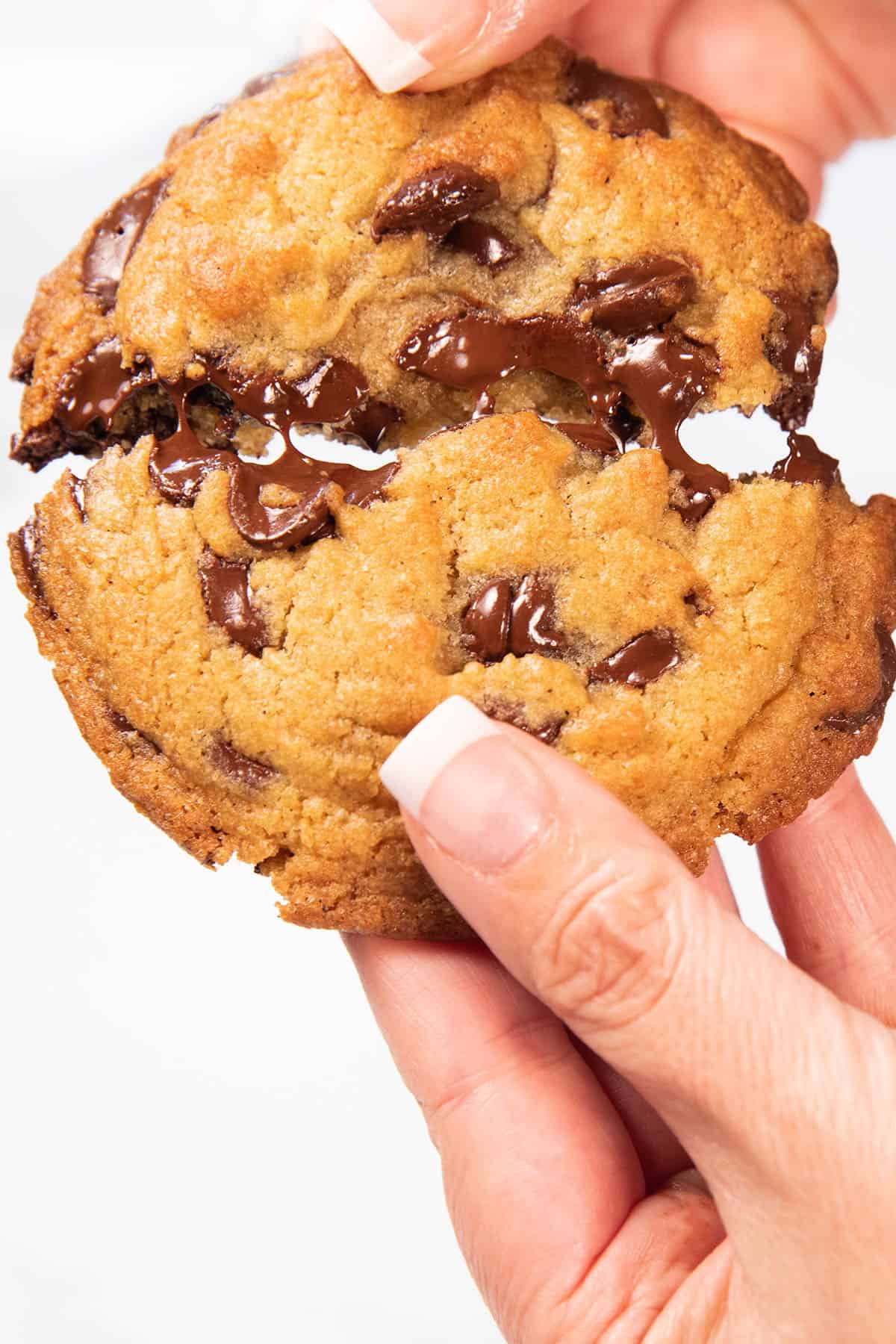
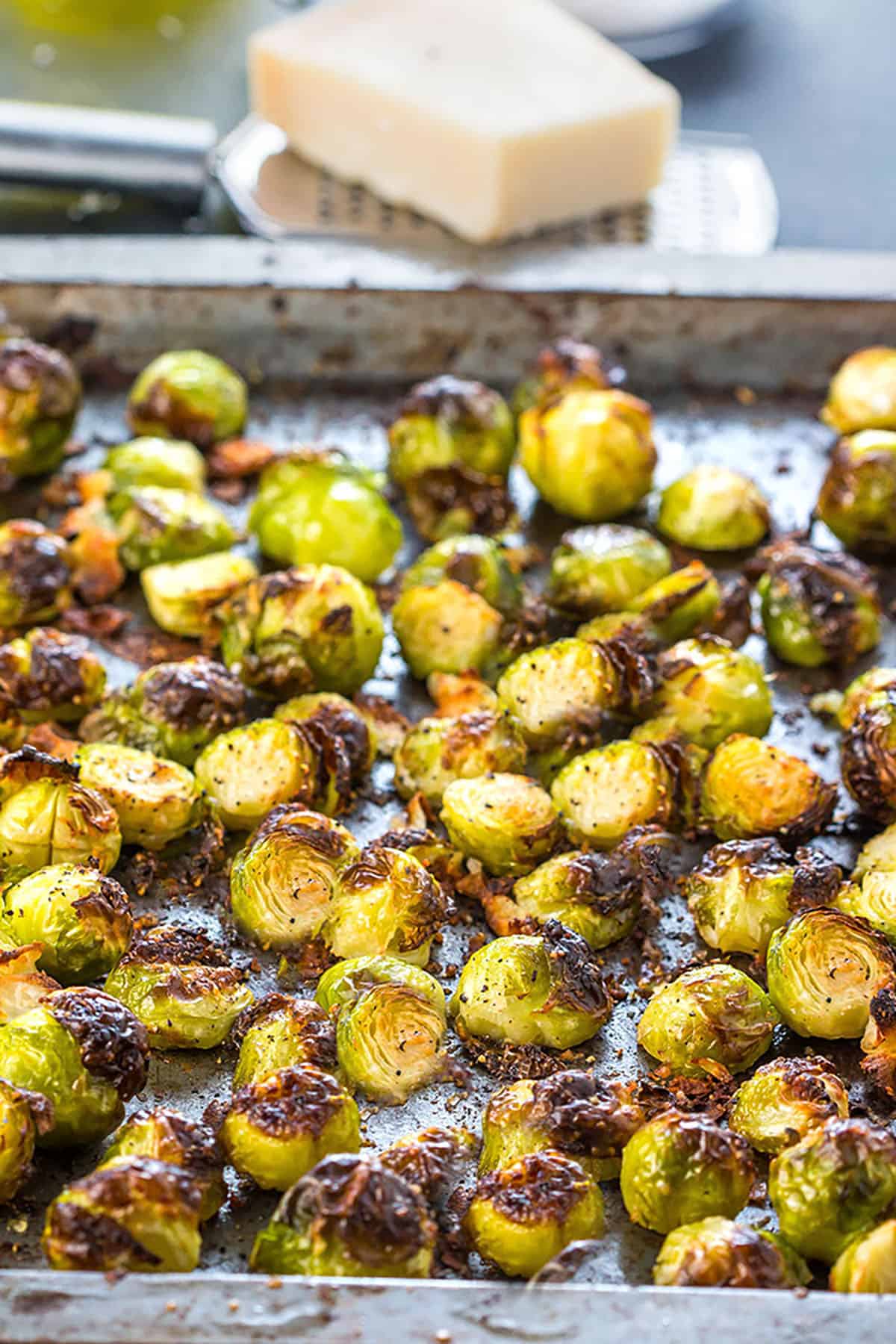
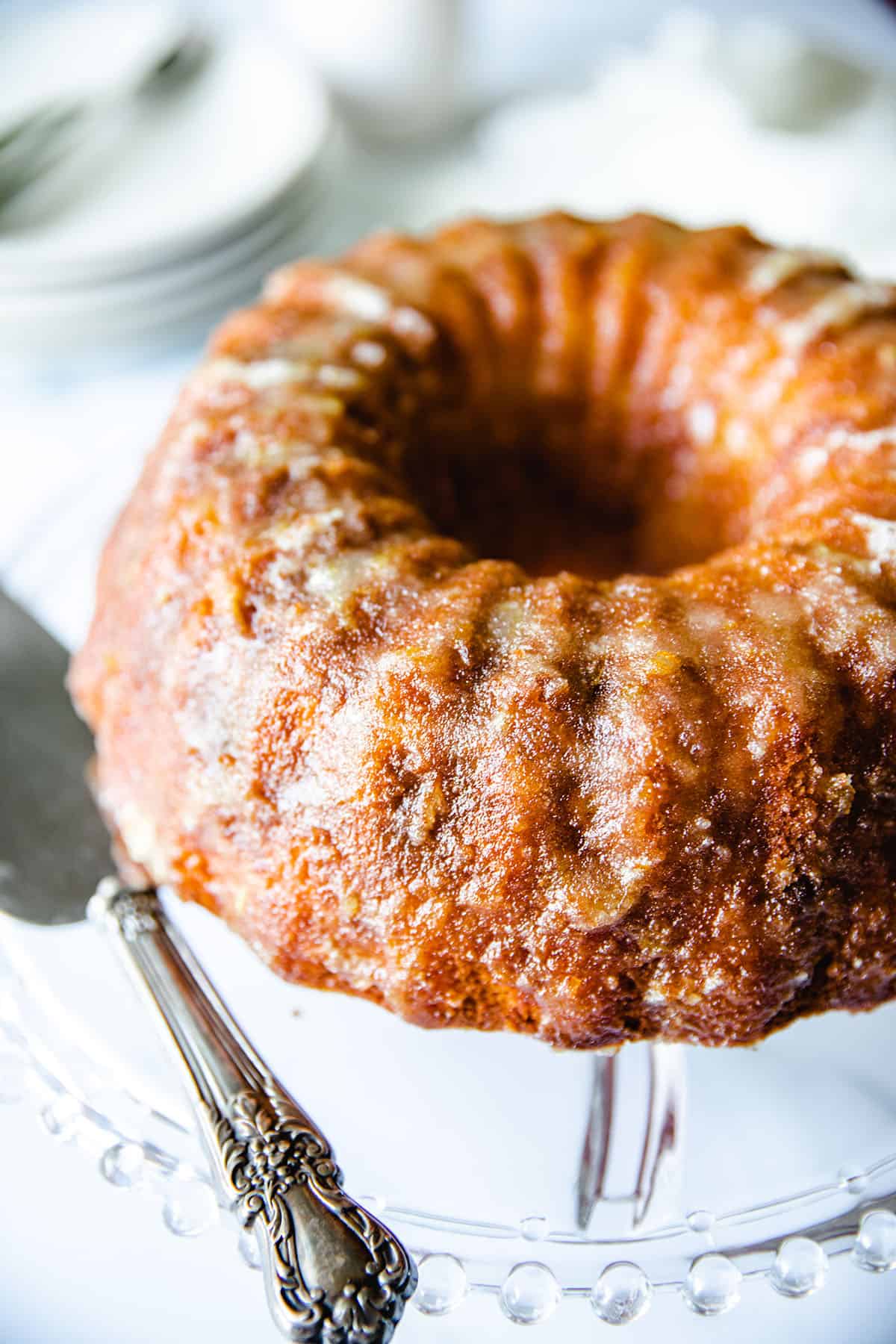
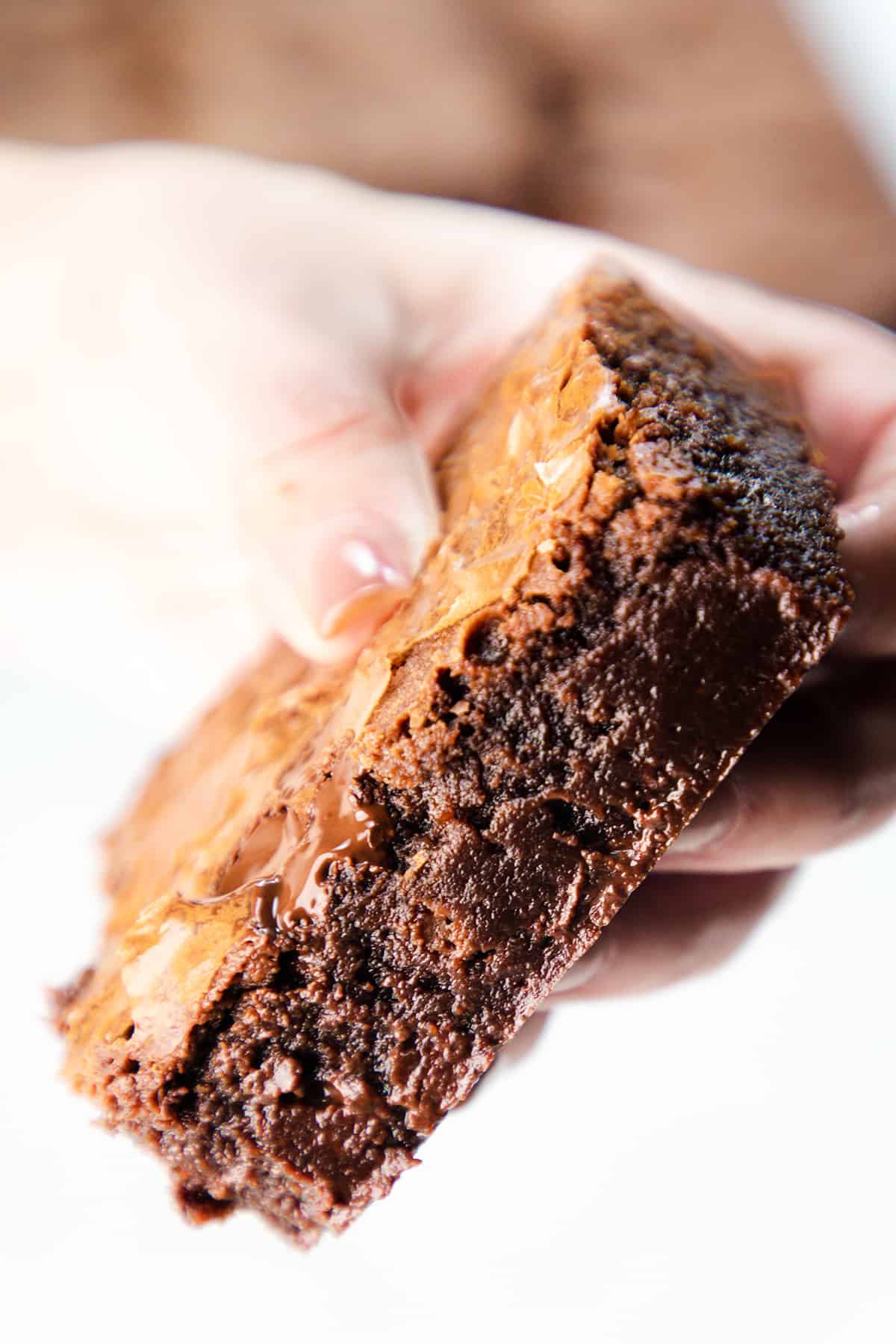

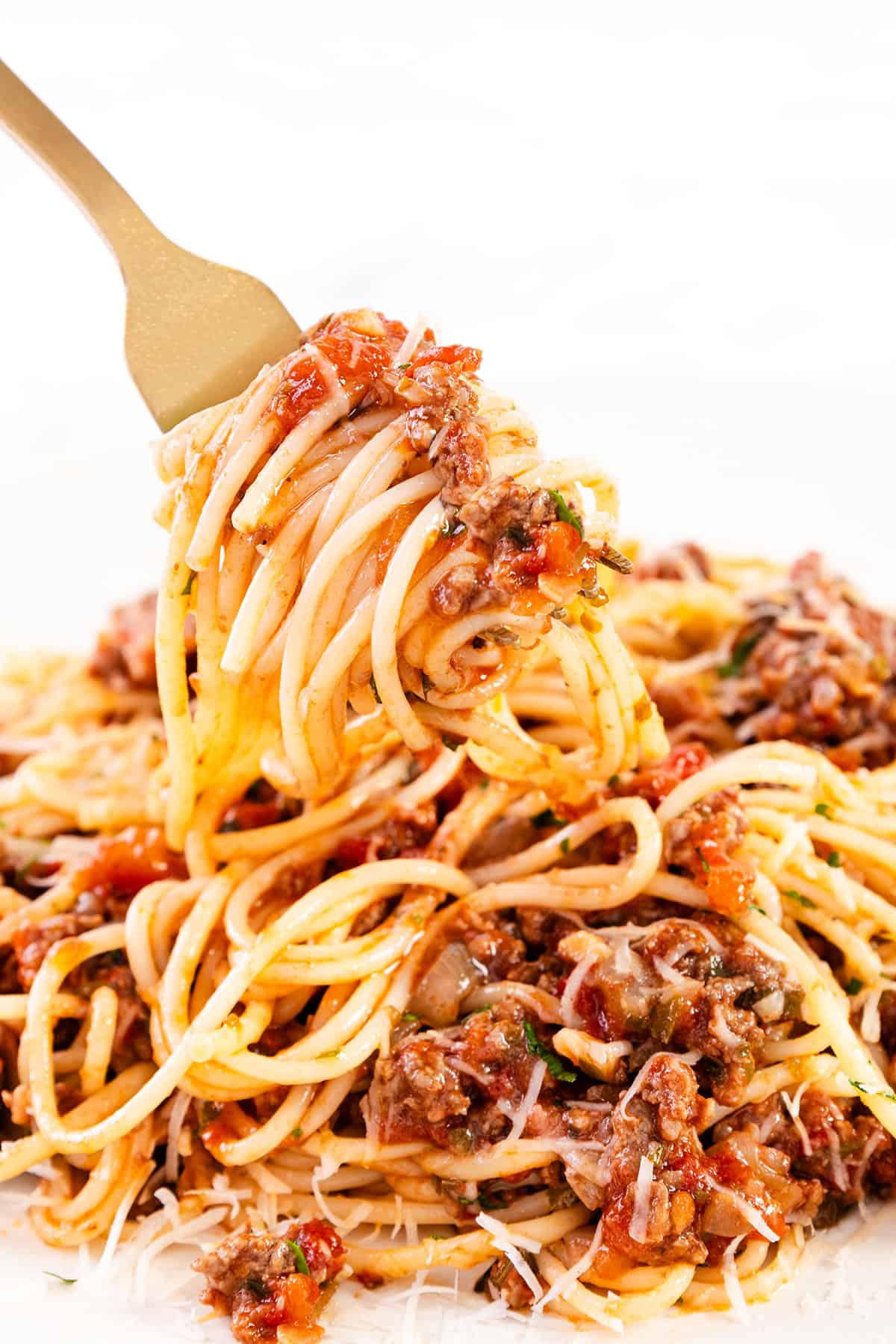
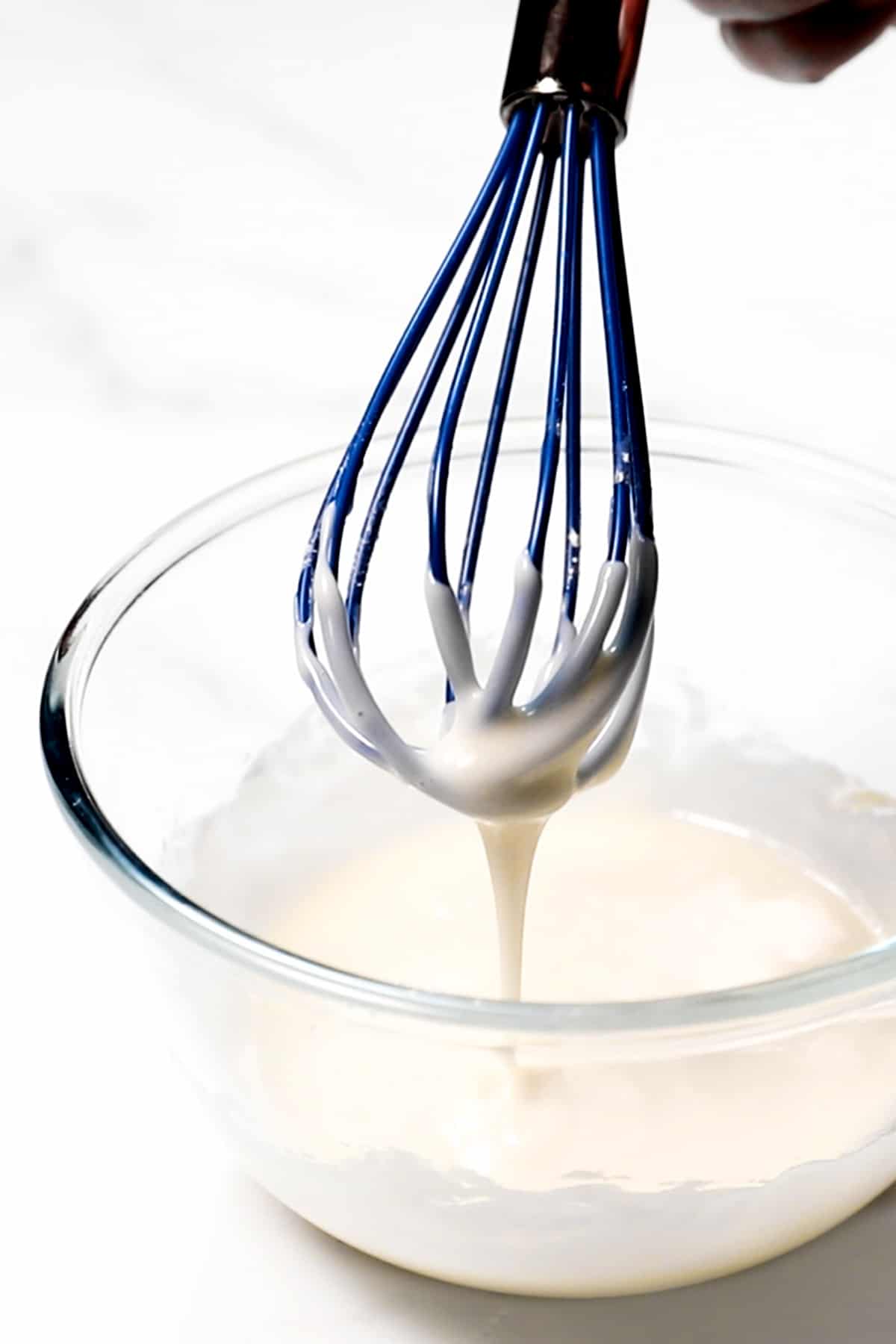
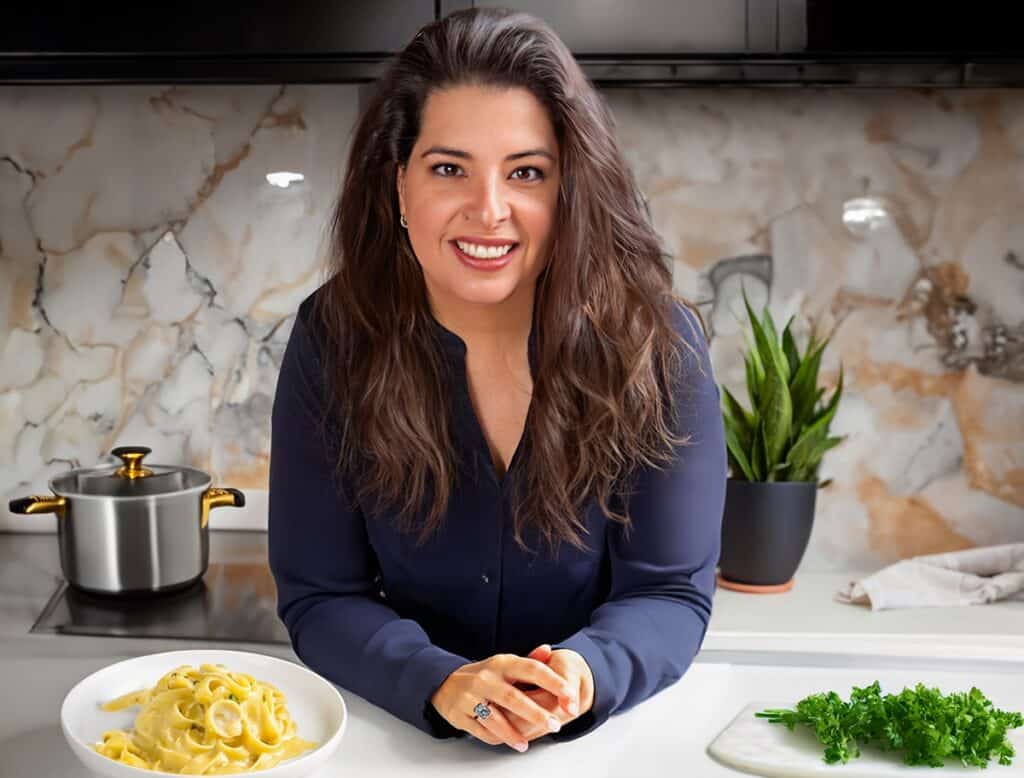
Leave a Reply